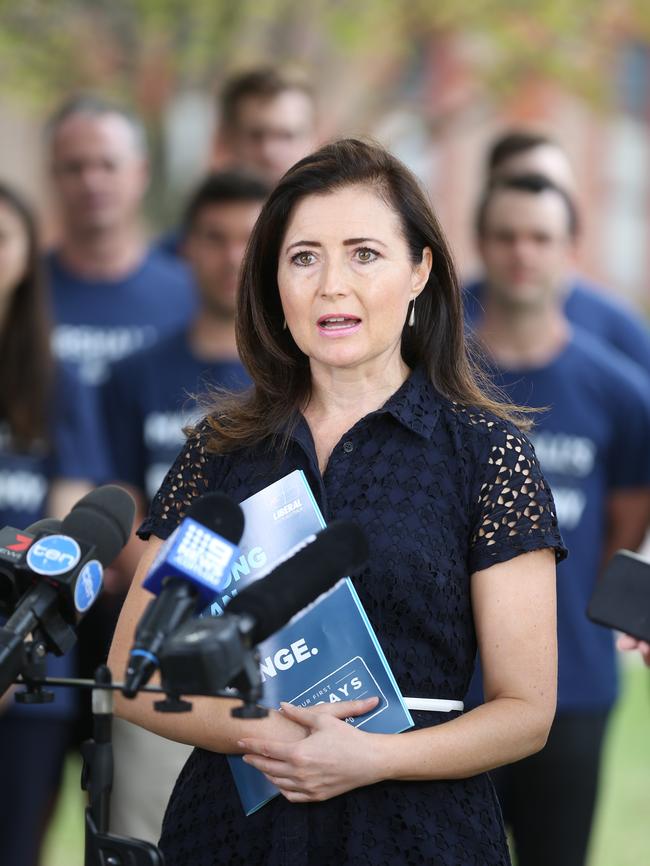New Child Protection Minister Rachel Sanderson concedes too many children are still living in emergency housing
CHILD protection authorities will fail to deliver on a pledge to slash the number of at-risk children living in costly emergency housing to 10 or fewer by next month.
SA News
Don't miss out on the headlines from SA News. Followed categories will be added to My News.
CHILD protection authorities will fail to deliver on a pledge to slash the number of at-risk children living in costly emergency housing to 10 or fewer by next month.
Latest figures show 96 children were sleeping in emergency accommodation at the end of last month.
It costs taxpayers an average $468,600 a year to care for a child this way, meaning the Child Protection Department’s annual bill for emergency housing would total $45 million if the number of children is not reduced.
Progress had been made, from a peak of 212 children almost two years ago, but the figure has plateaued in recent months.
Paying staff to supervise these children across eight-hour shifts, in apartments or houses leased by government, is the most costly form of state care.
However, it is relied on more heavily in South Australia as authorities struggle to find enough foster carers to move children out of state homes.

Child Protection Department boss Cathy Taylor said, when she took up the role in November 2016, that she wanted to bring SA in line with Queensland, where she previously worked and there were “anywhere between zero and 10” children in emergency housing on any given night.
“I would hope that we can, within the next 18 months, significantly reduce that number (in SA),” she said at the time.
Last October, one year into her tenure, Ms Taylor told The Advertiser she expected the number to be below 100 by January.
Now, newly elected Child Protection Minister Rachel Sanderson concedes the original target won’t be met.
“Unfortunately no, but we certainly will be working on that,” she told The Advertiser.
Ms Sanderson said Ms Taylor’s target was “realistic, but not unless you’ve changed your policy settings”.
“So with a change of government it’s realistic. But with the Labor Government I think that that would have been a very difficult task,” she said.
Asked what she thought would be an achievable new time frame, Ms Sanderson said: “You would think within a year there should be a huge difference”.
The department has previously spent $126 million a year providing emergency housing for at-risk children.
Some children remain in this kind of housing for years, particularly if they have severe behavioural issues or disabilities. Most remain for months as authorities seek relatives or foster families to take them in.
The department estimates it costs an average $468,614 to care for a child in emergency housing, compared with $45,144 to place a child with extended family members, $53,852 to support an unrelated foster family to take in a young person or $397,854 to house a child in a state-run home, a longer-term option than emergency housing.
In Opposition, Ms Sanderson pledged to impose a three-month limit on the amount of time any child should spend in emergency accommodation.
She now expects the new Liberal Government could meet that target “within 18 months”, especially by delivering improved pay and conditions for foster carers promised ahead of the March election.
“My goal would be to only use emergency care in emergencies. It would be short term, a month, while you’re ... trying to find their (new) family,” she said. “I do think it is very damaging for children to be left in that circumstance.”
Ms Sanderson said she was reading “every piece of correspondence that comes through to get a feel for what are we dealing with here”.


